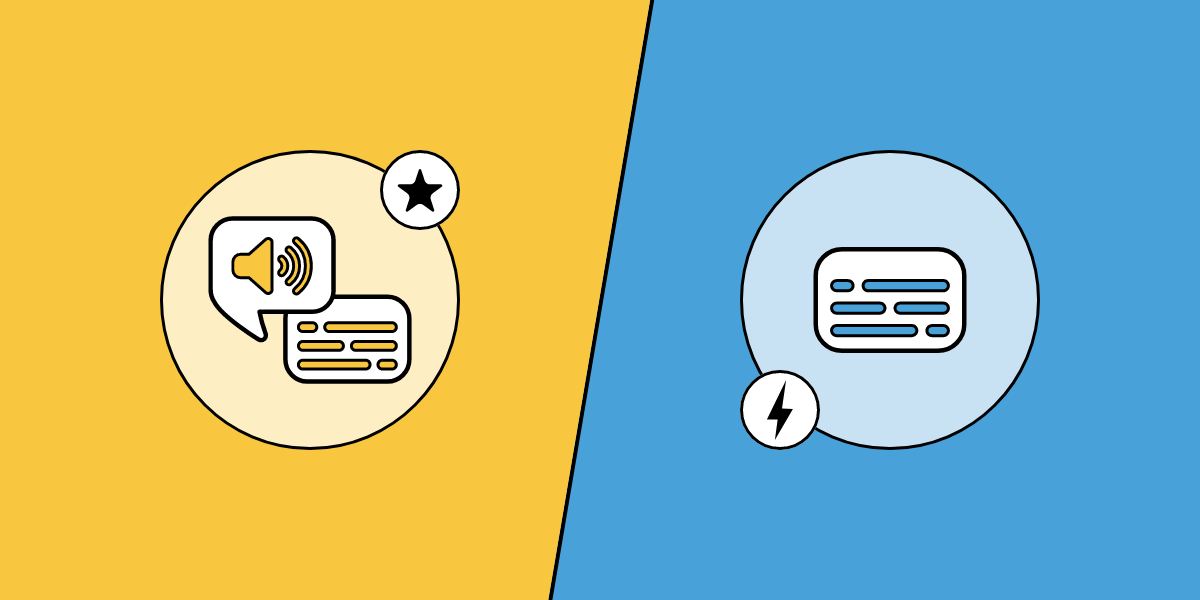At KUDO we pride ourselves on being innovators and thought leaders in the world of conference interpreting. Over the last year alone, we’ve introduced new products like KUDO Marketplace and KUDO Interpreter Assist that are shaping the future of interpreting.
We constantly have our sights set on what’s ahead, but today we are looking to the past for a brief history of interpretation to better understand the industry as well as KUDO’s origins.
Defining interpretation
One of mankind’s oldest professions, interpreting is the process of mediating communication between speakers of different languages in such a way as to convey their intended meaning either orally or through sign language.
There are two basic modes of interpreting: consecutive and simultaneous (technically there are many more but let us concentrate on these two for now). Consecutive interpretation is a stop-and-go style of interpretation where a presenter speaks for several sentences or minutes while the interpreter takes notes. Once the speaker pauses, the interpreter conveys the message in her specialized language(s). Simultaneous interpretation is the real-time mode of interpreting in which the interpreter translates a speech into a different language at the same time as the speaker is delivering the message.
The Beginning
For as long as there has been more than one language, there has been a need for interpretation. While we don’t know exactly who held the first official job in interpretation, one of the earliest written accounts of interpretation dates back to 3000 BCE.
During The Age of Exploration, Portuguese, Spanish, and Italian explorers enlisted and took to sea interpreters and translators who could speak multiple languages. The conquistadors were also known to enslave a few natives, coercing them into learning their language to later act as interpreters.
Modern Interpretation
Interpreting slowly evolved into a noble profession, but for the most part it remained unchanged until the mid-20th Century. Then in 1934 it all changed, when an interpreter managed to render into French over the radio an important speech given in Nuremberg. Listeners in France were amazed to hear the message in their language just as the words were being pronounced in German. The interpreter was André Kaminker. The speaker, Adolf Hitler. Simultaneous interpreting had been invented.
A decade later the method was perfected, again in Nuremberg, helping bring closure to the senseless war that Hitler had started. Twenty-one Nazi officials, charged with a variety of offenses and atrocities, were brought to justice in what would go down in history as the first war crimes trial of modern times.
As judges, prosecutors and counselors prepared for the historic Nuremberg Trial, a major practical problem arose. Every testimony and every piece of evidence brought before the court would have to be translated from its original language into another three. Relying on consecutive interpretation —the traditional oral translation technique in which speakers and interpreters take turns— would prove tedious. A new system had to be attempted.
The IBM company had been experimenting with a ‘simultaneous telephonic system’ and offered its equipment to be pilot tested at no cost, thereby solving the hardware issue. The challenge of making the system work, with instantaneous translations from and into German, English, French, and Russian done by interpreters untrained in the new technique, fell to Leon Dostert, formerly a personal interpreter to General Eisenhower.
The interpreters recruited were divided into three groups of 12 and relieved one another every 45 minutes. To compensate for the overwhelming mental and psychological effort, they were offered one day off for every two days of work. Previous attempts of interpreting speech in real-time had been made, with varying degrees of success, but Nuremberg is where the craft was systematized and perfected.
The new technique, a lot more expeditious and efficient, quickly gained favor in diplomatic circles, with consecutive interpretation gradually replaced as the dominant technique. Interpreting booths slowly found their way into the conference halls of major intergovernmental organizations like the UN, UNESCO, and the European Commission. But a new and paradigmatic change would soon take the world of interpreting by storm.
2020: The Year When It All Changed. Again!
Save for a few minor technical and cosmetic improvements on microphones and interpreters’ consoles, the equipment and techniques involved in delivering simultaneous interpretation hadn’t changed for 75 years since Nuremberg. Then coronavirus pandemic hit.
Literally overnight it was no longer safe for interpreters–or delegates, for that matter–to attend meetings in person. The widespread risk of a deadly infection imposed new social distancing and preventive measures, leading the world into lock down.
Meetings were pushed online. Supporting a multilingual meeting now implied finding a way for interpretation to be delivered remotely. A huge disruption, indeed. And once again, one made possible by a new technology and widespread Internet connectivity.
KUDO, founded just three years before the pandemic, had been developing a new system for the delivery of interpreting from servers in the cloud, rather than a physical booth. Backed by industry-leading technology advocates and a world-class conference interpreter, KUDO was ready to support this cataclysmic change and help businesses and organizations to keep their busy schedule of meetings in multiple languages.
We are also proud to have supported interpreters worldwide whose livelihood would have otherwise been seriously compromised. We now count on 12,000 KUDO Certified interpreters and hundreds of KUDO Pro interpreters, who continue to wow the world with their incredible talent through the KUDO platform.
Multilingual meetings have just been reinvented.
To learn more about how conference interpretation works, have a look at the videos below featuring our Chief Language Officer Ewandro Magalhaes and our VP of Client Success Barry Slaughter-Olsen.
How interpreters juggle two languages…
How real-time interpretation works
To learn more about how KUDO can help you connect with businesses globally,
Sources:
1) The Language Game, by Ewandro Magalhães.
2) Translators through History, by Jean Delisle and Judith Woodsworth.
3) Our amazing team at KUDO!

